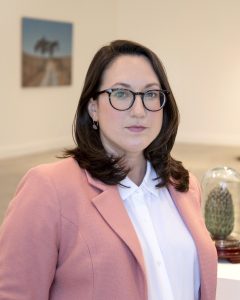
Many of the photographs submitted for this exhibition offered beautiful views of the natural world. As I sifted through them, trying to narrow hundreds down to just thirty, I found myself most drawn to those photographs that told stories about “the meeting points of wild nature and urban life” (as the call put it) on a human, relatable scale. The winning photograph shows two heart-shaped chairs and a small table, set in a neglected yard in the shadow of an overpass. Are the chairs waiting for sitters, for someone who cultivated this corner of quietude? Or does the desolation of the scene suggest pastness, obsolescence, or, at the extreme, a post-apocalyptic future? The ambiguity speaks incisively and poetically to the anxiety of our present moment, suspended between anticipation and foreclosure.
Yet other photographs in this group tell of nature simulated, contained, and exhibited; of bird-friends roosting outside our windows during our collective confinement; of rich, flourishing trees that once ringed Malibu Lake, since snuffed out by fire. The melancholy of these images resonates.
Of the thirty photographs presented here, only two prominently include the human figure. Unsurprisingly, both feature children, one made small in the presence of one of the most spectacular landscapes in America, the other rendered imposing as he gazes intently at tiny frogs swimming in a jar. These childhood moments of wonder are the antidote to the specter of destruction that lies at the end of our master narrative of “progress.” In the cycles of life and history in which we find ourselves today, wonder remains not only possible, but essential. When photographers trap these moments like frogs in a jar, prodding us to look with curiosity and awe at what is all around us, they fulfill one of photography’s greatest ambitions.